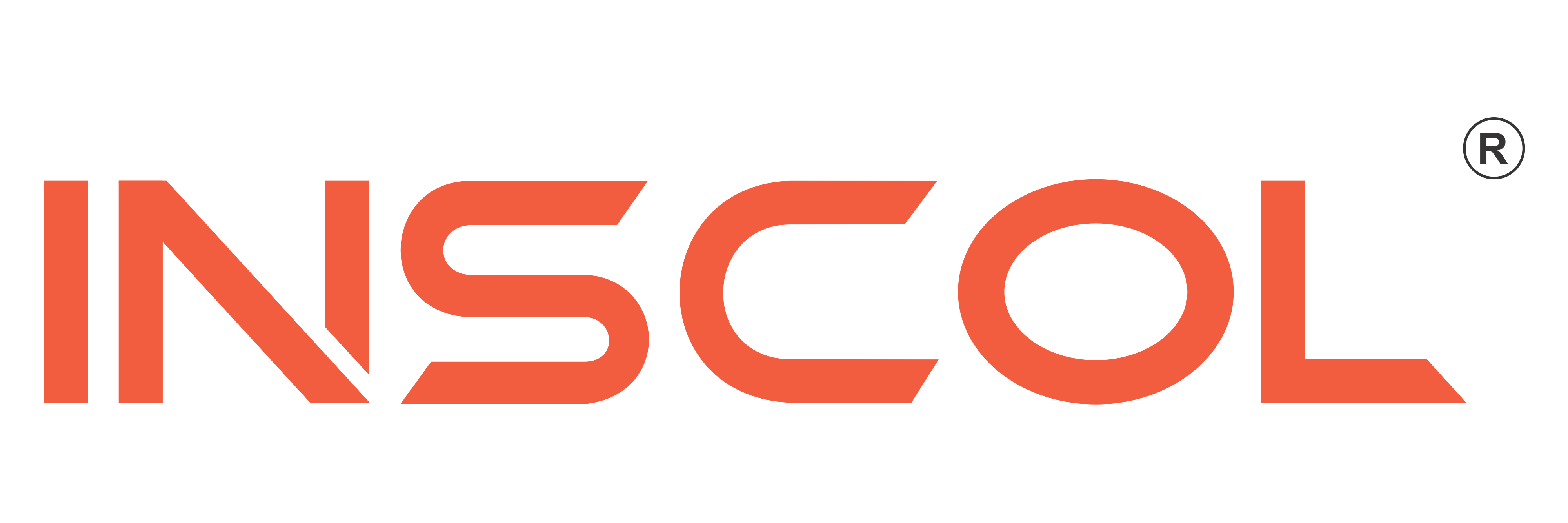Innovation in technology assumes a groundbreaking part in every industry and profession. When it comes to healthcare, it has consumed all the benchmarks in this field too. There is an undeniable headway in the innovations utilized as a part of healthcare facility as well as educational settings.
Beginning from diagnosing the patients to the treatment modalities, an extensive variety of technological devices and apparatus has assumed the control over the role of nurses. To name some, Electronic Health Record has supplanted the needs of documenting and managing patient’s details.This solution was coordinated for maintaining the clinical process in keeping up documentation and medical information of the patients and the care provided to guarantee quality care and medication.
Similar to this, innovative developments are propelling in the field of nursing education too. The integration of simulation-based training in nursing profession has brought classroom learning and clinical experience quite closer.
So, What Exactly Is Simulation-based Learning And How Does It Influence Aspirants In The Nursing Education?
In a layman language, simulation is the impersonation or replication of a circumstance or an incident that one would defy or experience in real world. Simulation has been utilized as a part of the health awareness field for a long while now. It has experienced technological transformation from using mannequin to the high fidelity full body patient simulation systems. Retreating to mid-1900s, nursing aspirants rehearsed their aptitudes on injection cushions and on oranges etc. Following couple of years, mannequin took control over the nursing ability practice. Through the years, the simulation or the test systems experienced apparent changes and now it constitutes a vital part in enhancing the nurses’ skills and aptitudes.
So Why Is It Needed?
According to a Chinese proverb – “If you hear, you forget, if you see and you remember, but if you do and you understand it better”.Justifying in the process of nursing education, a nurse picks up learning through scholastic studies, practical classes, contextual sessions, case investigations, etc. Nursing aspirants gain theoretical knowledge in school and gain practical introduction in the clinical settings. By and large,learners are not able to think critically, thus feel anxious and on edge while giving care and medication to the patients. Thus, simulation builds up their confidence level and impart necessary skills that are imperative in today’s nursing education.
Simulation is useful from various perspectives. It enhances key nursing aptitudes like critical thinking, choice making, evaluate and allow nursing students to handle testing circumstances in a protected and controlled environment.
Well, keep watching this space to read the next part of this blog under the same title and the introduction on simulation-based training in nursing education and know more in details.






